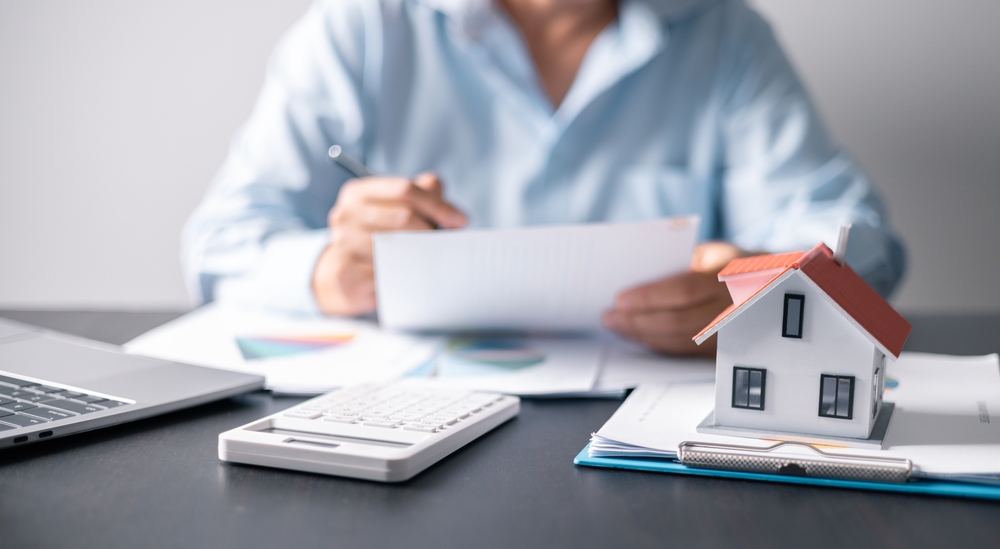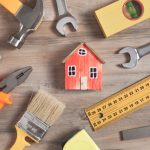Homeownership is often heralded as a cornerstone of the American Dream, symbolizing stability, success, and a measure of personal and financial achievement. However, beyond the glow of this milestone lurk a number of hidden costs that many prospective homeowners may not fully anticipate. While the price tag displayed on a home may be the most obvious and significant expenditure, the journey of maintaining and owning a home includes expenses that can cumulatively amount to a substantial financial commitment. Awareness of these hidden costs is crucial for potential homeowners to better prepare and to manage their budgets effectively.
Maintenance and Repairs
Owning a home means assuming responsibility for all maintenance and repairs. What renters typically rely on landlords and property management companies to handle, homeowners must manage themselves. This includes routine maintenance tasks like lawn care, gutter cleaning, and HVAC servicing, as well as unexpected repairs such as leaky roofs or broken water heaters.
- Regular Maintenance: Experts often recommend budgeting 1% to 2% of the home’s purchase price annually for maintenance. This could be a few thousand dollars per year, and while some years may require less, others could demand more extensive work.
- Unexpected Repairs: Homes, especially older ones, can present unforeseeable repair challenges. An electrical system overhaul or plumbing issue can arise without warning, leading to costs running from hundreds to thousands of dollars.
Property Taxes
Property taxes are a significant and recurring expense. They are calculated based on the assessed value of a home and local tax rates, and they can vary widely depending on the property’s location. Unlike a fixed-rate mortgage, property taxes can increase over time as property values rise, resulting in higher annual financial obligations for homeowners.
Homeowner’s Insurance
Though it’s often bundled with a mortgage payment, homeowner’s insurance is a necessary cost to protect against potential damages from events like fires, natural disasters, or theft. The cost of homeowner’s insurance can vary depending on the home’s value, location, and specific coverage needs. Some areas prone to particular risks, like flooding or earthquakes, require additional policies, further increasing this cost.
Utilities
When transitioning from renting to owning, one might overlook the full range of utilities and their costs. Homeowners are responsible for water, sewer, electricity, gas, and trash services, which may require deposits upon initiation. Utility costs also tend to increase with home size, age, and the inefficiency of systems within the house.
HOA Fees
For those purchasing homes in neighborhoods with a Homeowners Association (HOA), additional fees are to be expected. These can vary dramatically depending on the services provided, such as maintenance of common areas, landscaping, or amenities like pools and fitness centers. While some may see these fees as beneficial, they are mandatory and can significantly affect monthly budgeting.
Mortgage Fees and Costs
Beyond the ongoing mortgage payment, there are closing costs to consider when buying a home. These can include loan origination fees, appraisal fees, and title insurance, typically amounting to 2% to 5% of the home’s total purchase price. Some homeowners may also face expenses tied to mortgage insurance, which is required for many conventional loans with less than a 20% down payment.
Furnishing and Appliance Costs
The cost of furnishing a new home is another expense that often surprises new homeowners. If upgrading from a smaller rental property, additional furniture and appliances may be necessary. Kitchen appliances, laundry machines, and furniture for additional rooms can add up quickly, particularly if opting for quality or specific aesthetics.
Landscaping and Outdoor Maintenance
A home’s curb appeal doesn’t maintain itself. Depending on the property size and the desired level of manicured beauty, costs can include buying gardening tools and equipment, hiring professional services for lawn care or tree trimming, or investing in landscaping projects.
Renovations and Upgrades
As homeowners settle into their new abode, many find themselves eager to make changes to suit their tastes and improve functionality. Whether it’s a small DIY project or a large-scale renovation, these self-imposed improvements come with their own costs. The desire to update outdated kitchens or bathrooms, add an extra bedroom, or enhance energy efficiency with new windows or insulation are investments that can become quite substantial over time.
Pest Control
Pests can be a persistent issue in many homes, requiring regular interventions to prevent infestations. Depending on the climate and location, pests like rodents, termites, or insects may demand an ongoing prevention plan, adding yet another recurring cost to the homeownership ledger.
Legal and Document Fees
Owning property involves legal accountability and documentation that may necessitate the services of legal professionals or require payment for document services. This includes any changes in property titles or legal disputes that arise which must be legally managed to ensure ownership is clearly established and maintained.
Depreciation
While a home is often seen as a good investment that appreciates over time, certain aspects of the property, especially appliances and finishes, depreciate and wear down. Calculating potential depreciation costs is essential in planning future updates or replacements to keep the property’s value stable.
In summary, the transition from renting to homeownership encompasses a wide array of costs that extend far beyond the initial purchase price. Awareness and understanding of these hidden costs allow prospective homeowners to prepare adequately, budgeting for both the predictable and the unexpected. The satisfaction of homeownership can be deeply rewarding, but it’s essential to approach it with eyes wide open to the financial responsibilities inherent to maintaining and growing the value of one’s property over time. Homeownership is a long-term commitment, with the intricacies of cost management integral to cultivating a beneficial and sustainable living environment.



